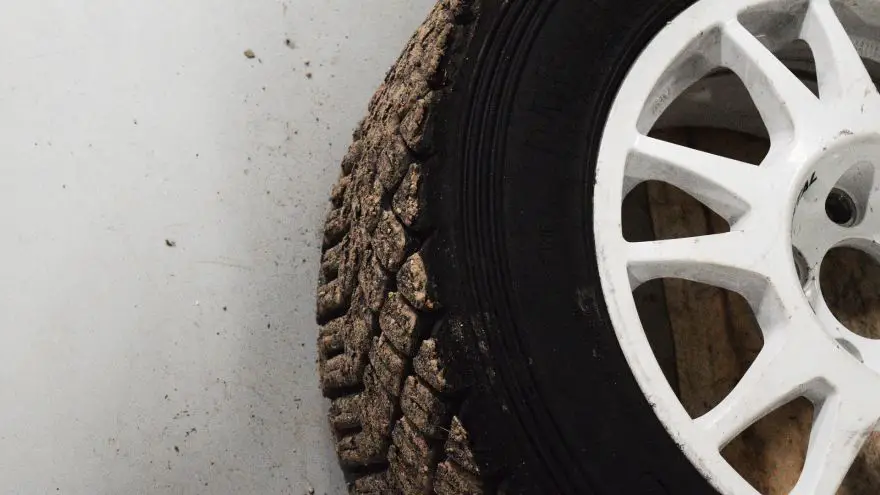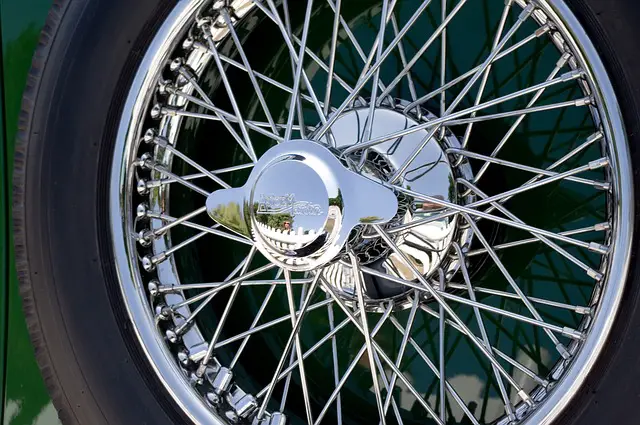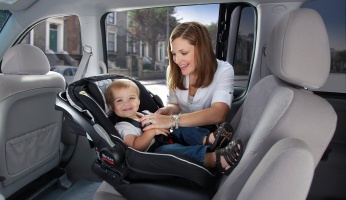The Latest Smart Car Safety Technology That May Just Save Your Life
 The Latest Smart Car Safety Technology That May Just Save Your Life
drivrzone.com
The Latest Smart Car Safety Technology That May Just Save Your Life
drivrzone.com
When the issue of car safety is discussed, so many people tend to think of seat belts and airbags, probably because they are physical and can easily be interacted with. Although, both are valid options, there are several other computerized safety technologies in modern cars that are automatically activated to keep you safe in times of danger. Let us take a look at some of these latest technologies.
Anti-Lock Braking System (ABS)

Compared to some of the new safety technologies in cars, ABS is a bit older. However, continuous work has been done on it over the years to make it much better and reliable. Just like the name suggests, ABS ensures that none of your car wheels get locked when you apply your brakes especially on roads with poor traction. The system works by continuously adjusting the brake pressure on each wheel according to the available traction thereby reducing your stopping distance and giving you a better control.
Electronic Stability Control
Electronic Stability Control is one of the newest safety technologies in modern cars. It is designed to blend ABS and traction control, effortlessly with yaw rate (speed of rotation) and steering angle sensors. In plain terms, your vehicle may slip on a road with poor traction, or weave if you speed through a sharp bend. The Electronic Stability Control automatically activates one or more of your four brakes depending on the wheel experiencing poor traction. In addition to that, it may also cut the power to your car’s engine, all in a bid to keep you safe from swerving out of control. The beauty of all these is that it happens in a flash and you will often be unaware.
Tire-Pressure Monitoring Systems

Tire pressure monitoring systems are designed to consistently monitor the air pressure on each of your four tires and relay the information to you either through a gauge, a pictogram display, or a simple indicator light. There are two types of TPMS, which are the Direct TPMS and Indirect TPMS. The Direct TPMS have a pressure sensor installed within the wheels of each tire. Their job is to monitor your tire pressures and relay the information wirelessly to you. The indirect TPMS do not have pressure sensors, but rather, compare relative wheel speeds via ABS sensors to determine if a tire is over or underinflated. TPMS help avoid road accidents due to tire blowout. They also help avoid increased wear on underinflated tire, and poor fuel economy.
Automatic Emergency Braking
All professional drivers must have been in a situation – at least once or twice – where a divided attention almost caused an accident. These days, it is common to see people glance quickly through their phone while driving. You can hit the vehicle ahead of you within that short interval, but with the Automatic Emergency Braking system, your vehicle will apply the brakes itself. Automatic Emergency Braking system uses various types of technology to sense the distance between your car and the car ahead. It could be visual cameras, radar, laser, or a combination of either. The bottom line is that it knows when a collision is likely and will avert it.
Side Airbags
Front airbags can save lives quite alright. But how about an impact from either sides of your car? The front airbags will definitely not yield good results in such a situation. Most side airbags consist of Curtain airbags, and Torso airbags. The curtain airbags protect the heads of occupants on either the front or back seat during a side crash. They prevent victims from hitting their heads on the vehicle’s window during a side impact. Torso airbags protects the shoulders and hips of occupants during a side crash. Torso airbags are usually designed for front seat occupants, however some manufacturers may also design for rear occupants.
Improved Steel Strength
The steel frame of cars are expected to be strong in order to stop it from bending or twisting easily in the event of a crash. As technology continues to advance, special alloys are used to create new grades of high-strength steel making them lighter and stronger than the traditional ones. The use of high-strength steel in certain critical areas of cars such as the pillars and footwell will prevent the victims of a crash from being muddled up in the debris of the car. Improved steel strength also increases the stability of cars on high speeds.
Xenon Adaptive Headlights

Halogen bulbs are bright, but Xenon bulbs are brighter; and they also imitate the color temperature of natural sunlight thereby giving drivers brighter vision. This is just one safety aspect of Xenon headlights. Another safety aspect is adaptive feature of these headlights. Night drivers have always had a problem with the headlamps of oncoming vehicles. In the past, the common solution was just to get used to it. However, adaptive headlights solve this issue by adjusting automatically according to your driving speed and steering direction, making night driving safer.
Night Vision
Night vision employs infrared cameras which go farther than your car’s headlamps to detect anything that is down the road. It could be cars, people, animals, or anything at all. The night vision in combination with your headlamp is quite a valuable safety technology especially when you are driving on a high speed at night.
Conclusion
Safety is an important aspect of our everyday lives, and car manufacturers have been working tirelessly over the years to introduce new safety technologies. So many of these technologies are already available in modern cars, and most of them is what we have covered in this article. When you are ready to purchase your next car, make sure you find out if the car has most of these safety features. But also remember that the more sophisticated a car is, the more expensive it is.











